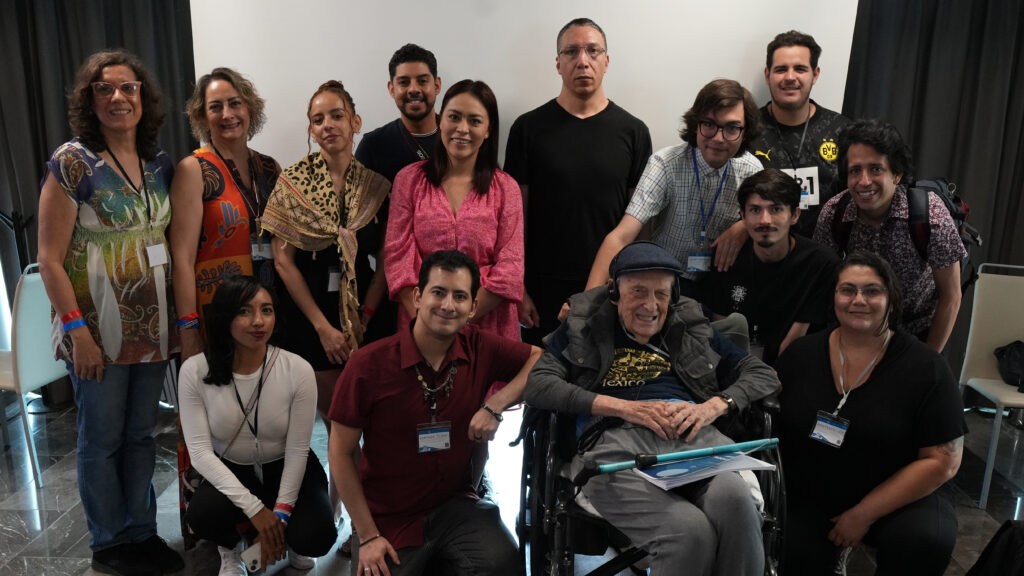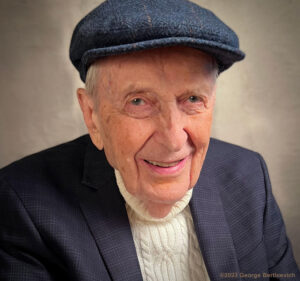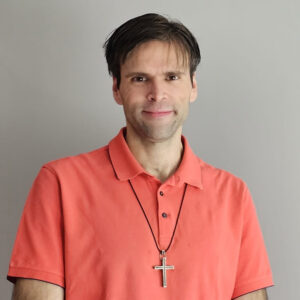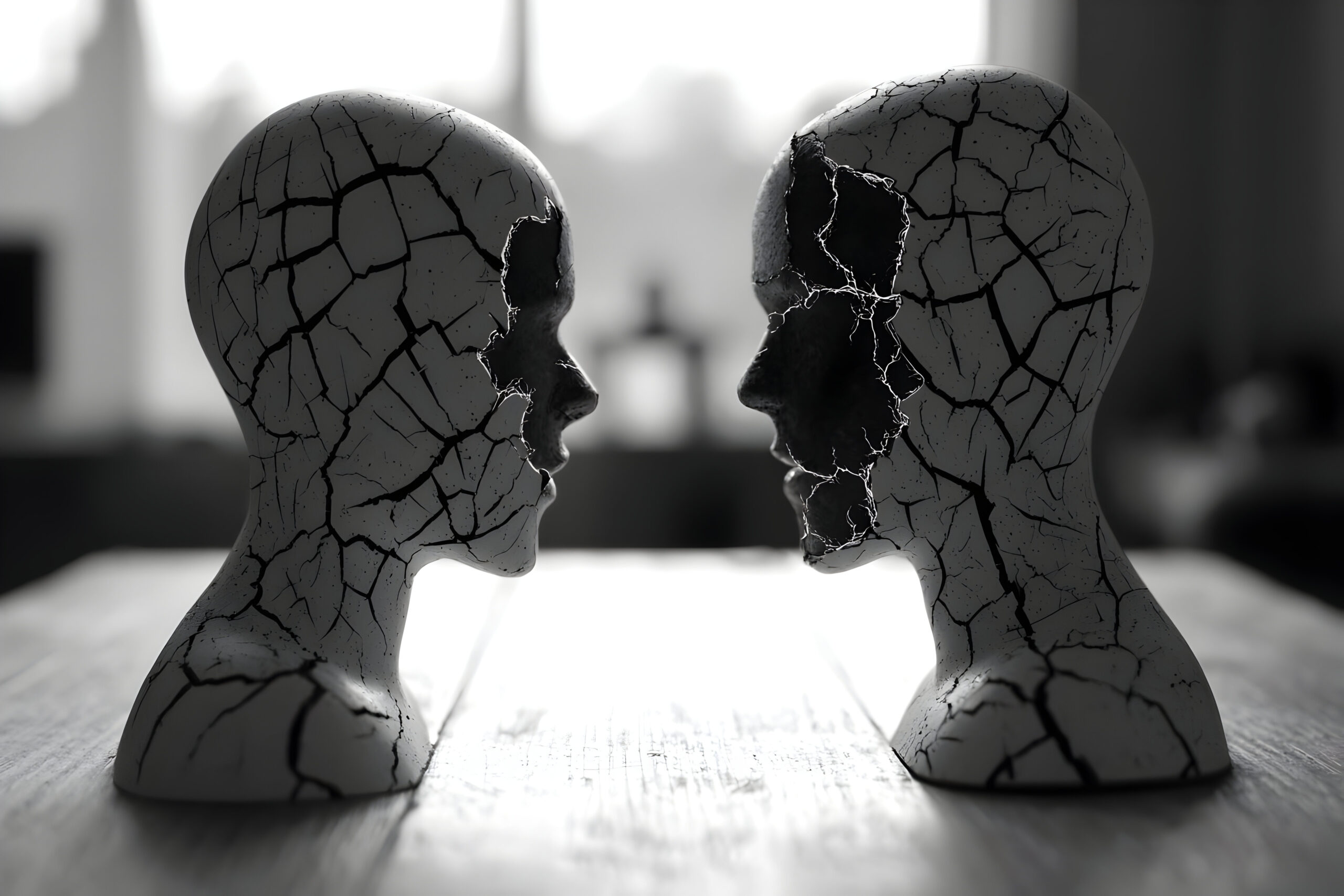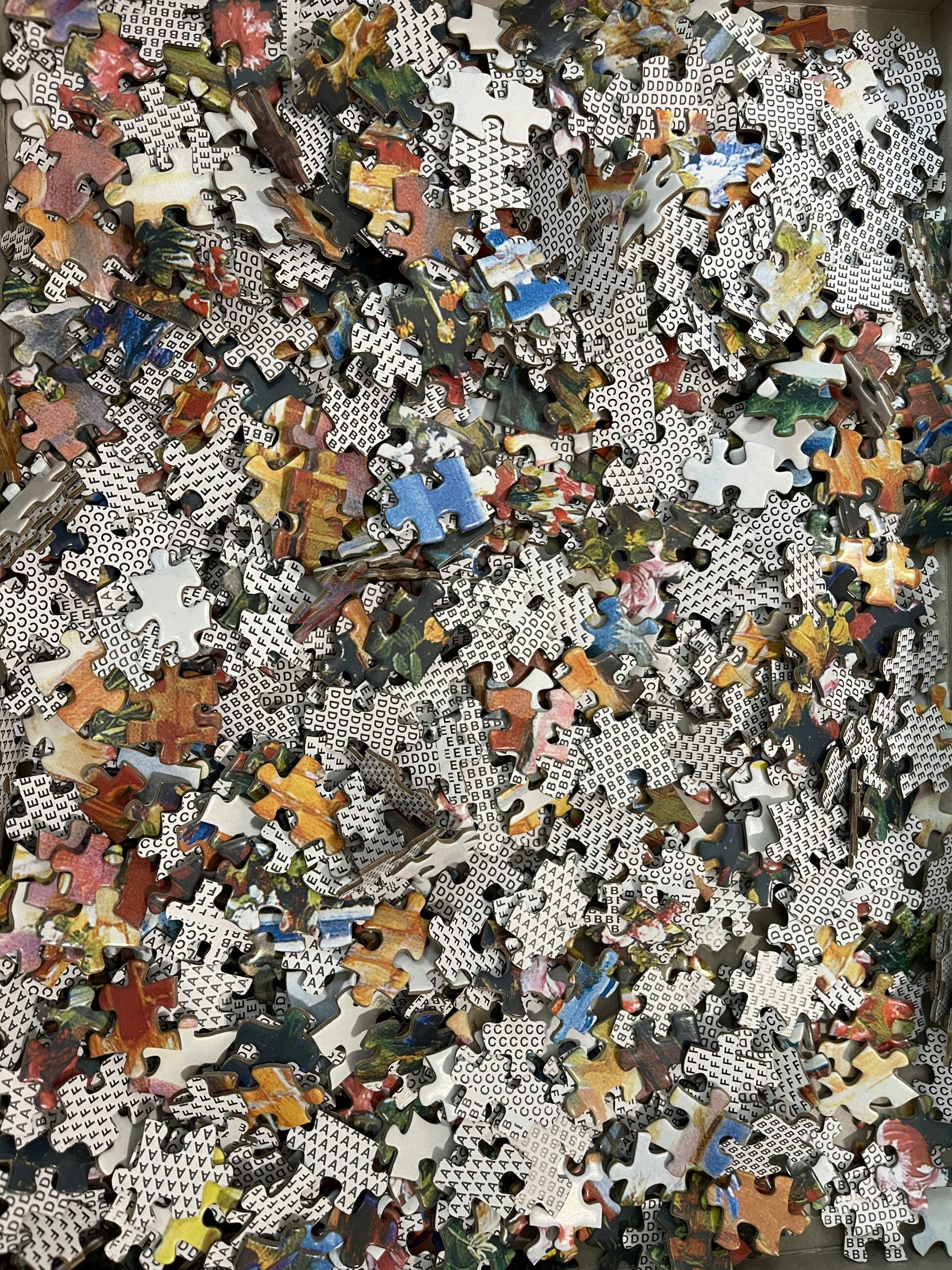Acunzo, D. J., Lenz, J. E., Dunseath, W. J. R., Hanchak, E., & Kelly, E. F. (2024, August 22-25). The return of a high performing psi participant: Behavioral results of an ESP task with EEG [Conference presentation abstract]. 66th annual convention of the Parapsychological Association, Mérida, México. https://tinyurl.com/2uj3wb45
Álvarez, A. A. (2024, August 22-25). Is psi rooted in biology? A theoretical proposal based on consilience [Conference presentation abstract]. 66th annual convention of the Parapsychological Association, Mérida, México. https://tinyurl.com/2uj3wb45
Bar, N., Álvarez, A. A., Rodrigo, A., Barbakow, G.-V., Quintero, E., Martínez, J., … D’León, R. (2024, August 22-25). Direct vision: A research program exploring extra-ocular vision in children [Conference presentation abstract]. 66th annual convention of the Parapsychological Association, Mérida, México. https://tinyurl.com/2uj3wb45
Brophy, T. (2024, August 22-25). Penrose’s neo-platonic ontology as a foundation for a science of parapsychology [Conference presentation abstract]. 66th annual convention of the Parapsychological Association, Mérida, México. https://tinyurl.com/2uj3wb45
Ciofalo, N. (2024, August 22-25). J. B. Rhine address: Indigenous psychologies from Cem Anahuac (Mesoamerica) [Conference presentation abstract]. 66th annual convention of the Parapsychological Association, Mérida, México. https://tinyurl.com/2uj3wb45
Cozzolino, P. J., Pehlivanova, M., & Tucker, J. B. (2024, August 22-25). Parental encouragement and suppression of a child’s past-life memories [Conference presentation abstract]. 66th annual convention of the Parapsychological Association, Mérida, México. https://tinyurl.com/2uj3wb45
Delorme, A., Wahbeh, H., & Radin, D. (2024, August 22-25). Using online tasks to test the robustness of intuitive abilities [Conference presentation abstract]. 66th annual convention of the Parapsychological Association, Mérida, México. https://tinyurl.com/2uj3wb45
Duan, S. X. (2024, August 22-25). Computer simulation of PK (psychokinesis): New experimental tool for psi research [Conference presentation abstract]. 66th annual convention of the Parapsychological Association, Mérida, México. https://tinyurl.com/2uj3wb45
Dullin, E., Roncalli, S. F., & Janet, D. (2024, August 22-25). Macro-PK experiments – New results in confined mode and observation of a learning curve [Conference presentation abstract]. 66th annual convention of the Parapsychological Association, Mérida, México. https://tinyurl.com/2uj3wb45
Escolà-Gascón, Á (2024a, August 22-25). Beyond chance: Demonstration of a new mathematical estimator for psi phenomena [Conference presentation abstract]. 66th annual convention of the Parapsychological Association, Mérida, México. https://tinyurl.com/2uj3wb45
Escolà-Gascón, Á (2024b, October). Our brains sense the future through a new quantum-like implicit learning mechanism. Brain Research Bulletin, 215, 111048. https://doi.org/10.1016/j.brainresbull.2024.111048
Fach, W. (2024, August 22-25). Exceptional experiences as phenomenological and empirical evidence for dual-aspect monism [Conference presentation abstract]. 66th annual convention of the Parapsychological Association, Mérida, México. https://tinyurl.com/2uj3wb45
Kruth, J. (2024, August 22-25). Subtle energies, photons, & physiology [Conference presentation abstract]. 66th annual convention of the Parapsychological Association, Mérida, México. https://tinyurl.com/2uj3wb45
Maraldi, E. D. O. (2024, August 22-25). Presidential address:
Beyond the fringe: Parapsychology’s contributions to science and contemporary thought [Conference presentation abstract]. 66th annual convention of the Parapsychological Association, Mérida, México. https://tinyurl.com/2uj3wb45
Maraldi, E. D. O., Marwaha, S., & Moll, J. (2024, August 22-25). The physical phenomena of spiritualist séances and sitter groups: A systematic review of the literature and discussion of psychological hypotheses [Conference presentation abstract]. 66th annual convention of the Parapsychological Association, Mérida, México. https://tinyurl.com/2uj3wb45
Martinez, J. (2024, August 22-25). Information dynamics in anomalous phenomena [Conference presentation abstract]. 66th annual convention of the Parapsychological Association, Mérida, México. https://tinyurl.com/2uj3wb45
Mayer, G. A. (2024, August 22-25). Psi as a threat – The poltergeist case of Carol Compton [Conference presentation abstract]. 66th annual convention of the Parapsychological Association, Mérida, México. https://tinyurl.com/2uj3wb45
Mayer, G. A., & Nowara, S. (2024, August 22-25). German ghosthunters – Results of an online survey [Conference presentation abstract]. 66th annual convention of the Parapsychological Association, Mérida, México. https://tinyurl.com/2uj3wb45
Pehlivanova, M., & Greyson, B. (2024, August 22-25). Cognitive styles and psi: Psi researchers are more similar to skeptics than to lay believers [Conference presentation abstract]. 66th annual convention of the Parapsychological Association, Mérida, México. https://tinyurl.com/2uj3wb45
Pratte, E. A. (2024, August 22-25). The intersection of psychotherapy and near-death experiences: Schmeidler Outstanding Student Award (2021) invited address [Conference presentation abstract]. 66th annual convention of the Parapsychological Association, Mérida, México. https://tinyurl.com/2uj3wb45
Quintero, E., Arriola, R., Álvarez, A., & D’León, R. (2024, August 22-25). Replication of Jacobo Grinberg’s transferred potential through electroencephalography [Conference presentation abstract]. 66th annual convention of the Parapsychological Association, Mérida, México. https://tinyurl.com/2uj3wb45
Wahbeh, H., Glick, B., & Kreigsman, M. (2024, August 22-25). The noetic signature inventory norms and patterns [Conference presentation abstract]. 66th annual convention of the Parapsychological Association, Mérida, México. https://tinyurl.com/2uj3wb45
Weiler, M., Casseb, R., & Acunzo, D. (2024, August 22-25). Investigating the accuracy of perceptions during out-of-body experiences [Conference presentation abstract]. 66th annual convention of the Parapsychological Association, Mérida, México. https://tinyurl.com/2uj3wb45

